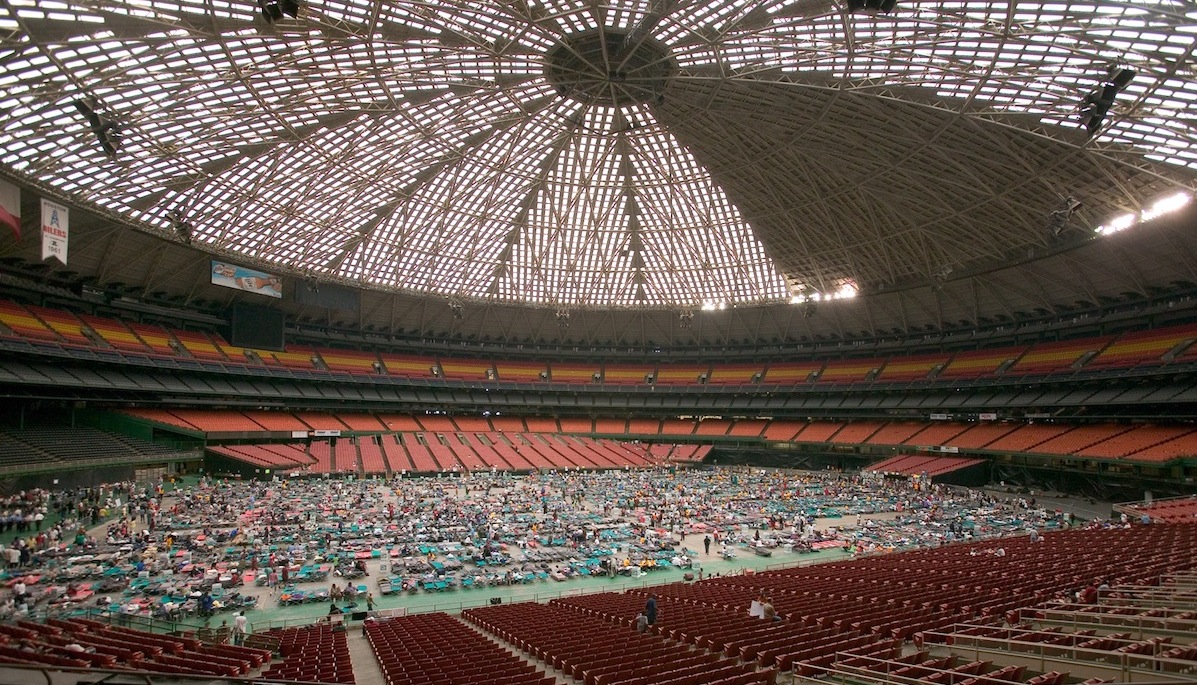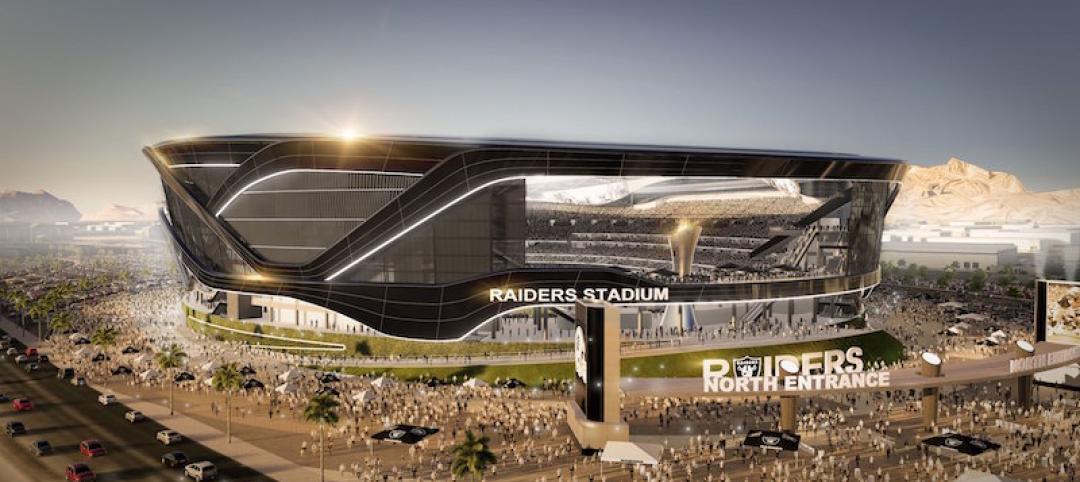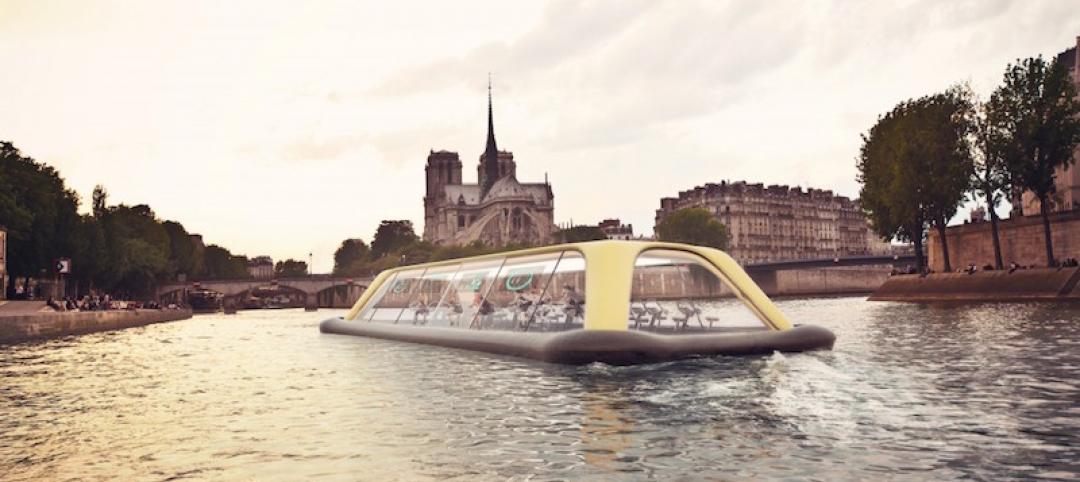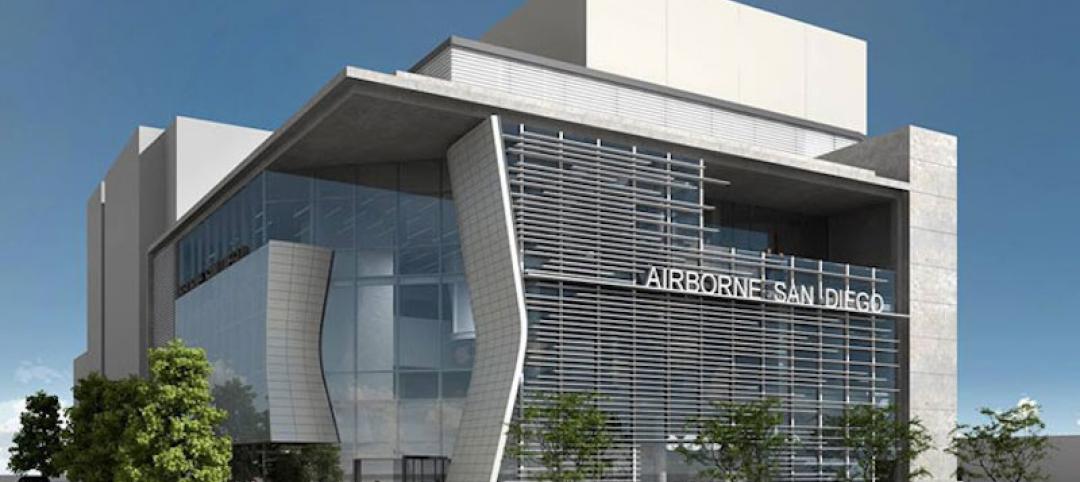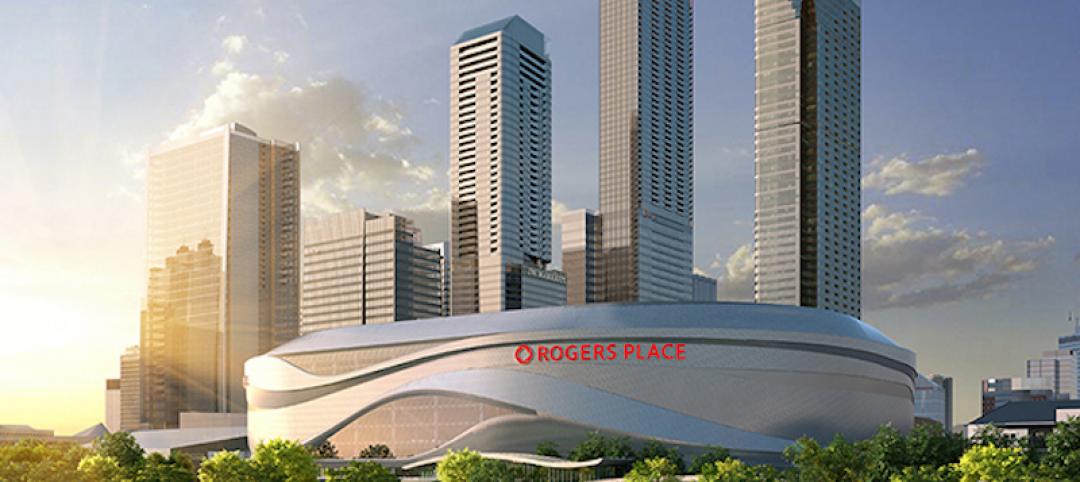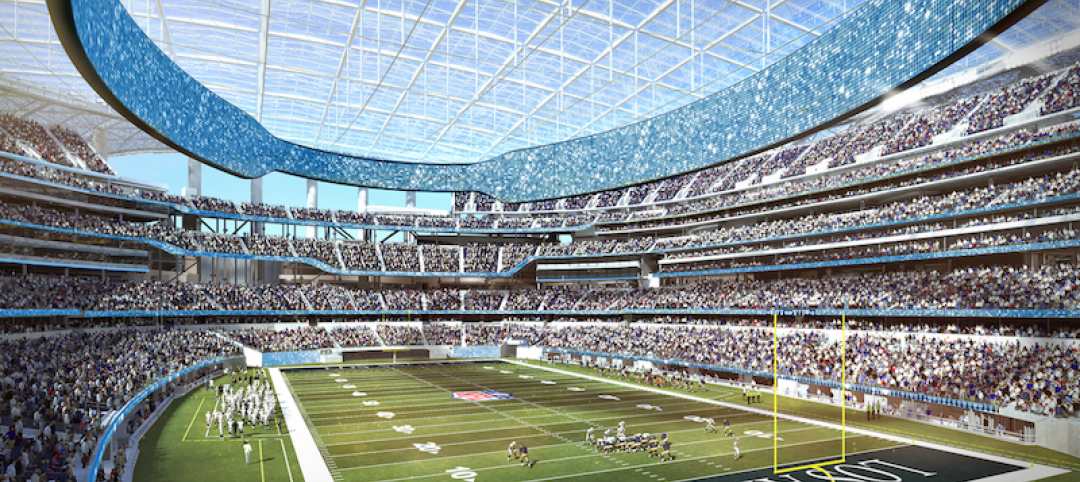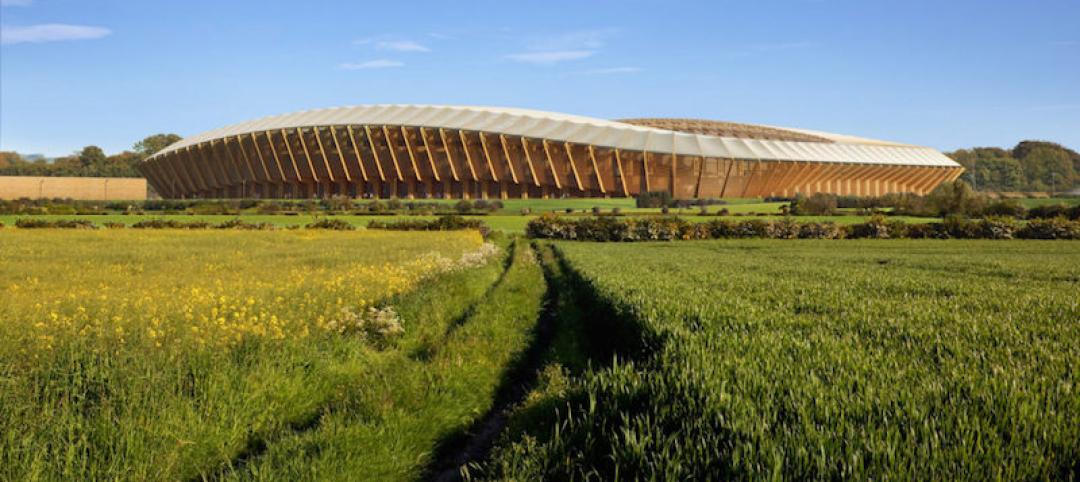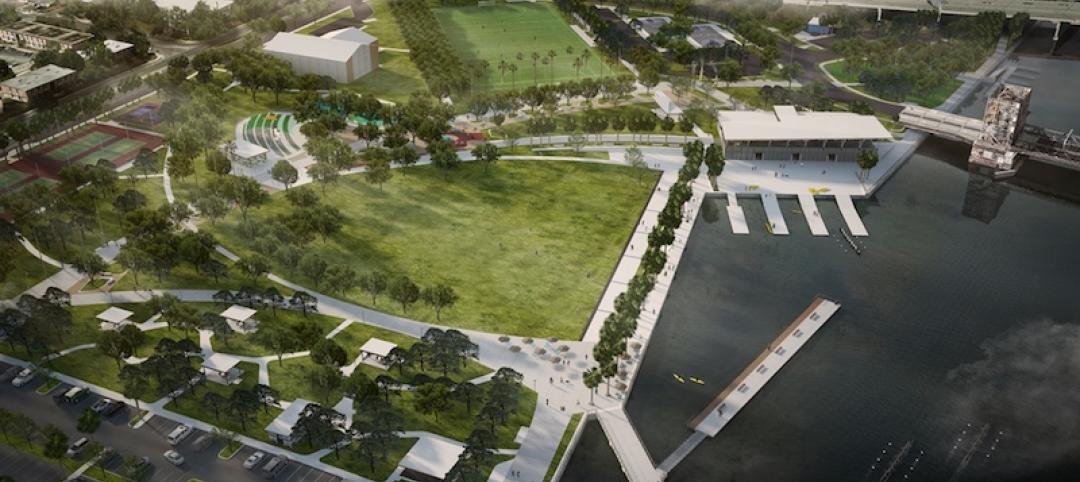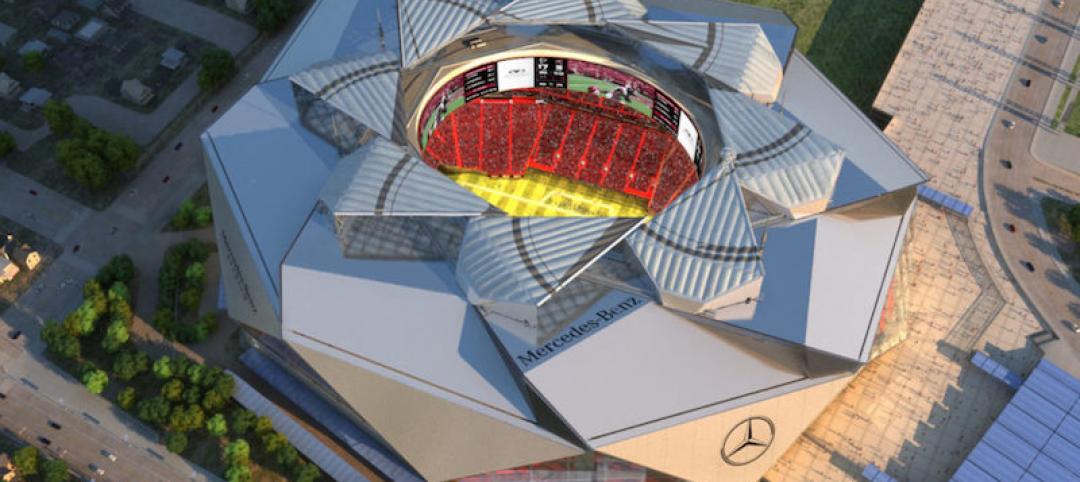An advisory panel of developers, architects, business leaders, and other land-use experts has proposed turning Houston’s decrepit Astrodome, which has been vacant since 2008, into a multipurpose park and civic, programmable space for festivals, concerts, and exhibits.
This is the latest in a series of proposals that, over the past few years, have been floated and, to this point, rejected. They have included converting the Astrodome into a luxury hotel and a movie studio.
In November 2013, voters turned down a $213 million referendum to renovate the building into a convention center and exhibition space. A month later, the Astrodome’s three exterior pedestrian ramp towers were torn down. The National Trust for Historic Preservation has listed the Astrodome among the 11 most endangered historic places.
But the city’s council has rejected the Astrodome’s outright demolition until its final disposition is determined, and because the council fears razing a structure this large could cause damage to the surrounding development.
Houston's city council has rejected the Astrodome’s outright demolition until its final disposition is determined, and because the council fears razing a structure this large could cause damage to the surrounding development.
The one-million-sf, spaceship-shaped building was the world’s first multipurpose domed sports stadium. It is now called NRG Astrodome, and is part of the 350-acre NRG Park complex in Harris County, Texas, which includes a stadium with a retractable roof where the National Football League’s Houston Texans franchise plays, and an arena wherre the popular Houston Livestock Show and Rodeo is held. NRG Park is also near Texas Medical Center, the world’s largest.
Last December, the county and the National Trust for Historic Preservation turned to Urban Land Institute to provide strategic advice. (Harris County’s Sports and Convention Corporation had chimed in, too, suggesting the space be used as a public park.) ULI sent a 10-person Advisory Services Panel, chaired by Los Angeles developer Wayne Ratkovich, to visit the Astrodome for three days. That panel came up with a series of recommendations, which ULI released on March 24.
The panel acknowledges that the Astrodome was now “a shadow of its former self.” But it also refers to the building as an “icon,” whose place in history should be part of any renovation plan. A “new vision” for the stadium, the panel states, could include a museum or educational exhibits that focus on science, technology, engineering, the arts, and math.
The panel’s report lays out a detailed renovation strategy:
• 1,500 parking spaces would be added to the 26,000 slots that already surround the building. That parking would be located in the building’s Levels 1 and 2, with the lower level having 20-foot-high clearance.
• Level 3, which currently consists of vast open space and seating trays, would be converted into a new ground-floor multi-use space that, ULI suggests, could include a public park.
• Levels 4 through 8 would be converted to new programmable areas, such as exhibits “to extend the game-day experience for the Houston Texas, new spaces for [the rodeo] and added space for the Offshore Technology Conference. (One of the key goals of ULI’s plan is to lure the rodeo event back into the Astrodome. The rodeo relocated in 2003.) These programmable spaces could also be used for community festivals, farmers markets, movie nights, charity events and other functions that might also provide new revenue streams.
The panel envisions 450,000 sf of leasable space within the Astrodome’s perimeter, which could accommodate restaurants, retail, and other tenants.
Other recommendations include a complete rehab of the building’s dome, and the creation of new outdoor public space or a live oak allée as a promenade between the light-rail station and the Astrodome’s east entrance. Along that allée there would be permanent outdoor pavilions. The building’s outside area would be upgraded with hardscape and landscape features.
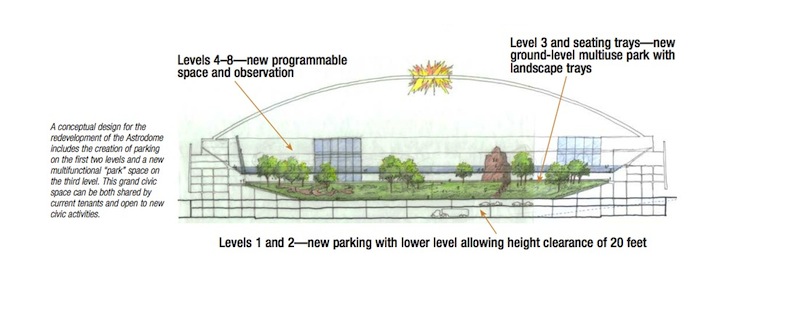
The construction cost for this project, estimates the panel, would be around $242.45 million. (The Astrodome opened in 1965 at a cost of $35 million in taxpayer money.) The panel recommends that new capital streams to pay for this construction would need to be explored, including federal, state, county, and city funds; tax increment reinvestment zones; historic tax credits; Harris County redevelopment; and philanthropy.
To get all moving forward, the panel says the county should assign a project “czar,” as well as identify and empower an NRG Park “champion,” perhaps from the ranks of business or not-for-profit organizations.
Independent marketing and design consultants would need to be hired, and after a plan is conceived, it should be submitted to public scrutiny, says the panel.
The goal would be to complete this plan and break ground on the renovation before the 2017 Super Bowl, so that it could be advertised during the event. The panel expects the renovation to take a year or two to complete, and foresees “future public/private project opportunities”—including hotel, mixed-use, and retail development—in the years 2020-2025.
In its report, the panel says Harris County and its residents are at “an intersection of a series of choices: to act rather than procrastinate, to demand quality rather than settle on mediocrity, to create a common interest rather than simply protect self interests, [and] to [either] protect the status quo or reach for the future.”
Related Stories
Sports and Recreational Facilities | Jan 11, 2017
The Oakland Raiders could build this $1.9 billion stadium if they move to Vegas
The proposal was designed by MANICA Architecture and would seat 65,000 fans with room to expand to 72,000 for the Super Bowl.
Sustainability | Dec 14, 2016
A floating, mobile gym powered by human energy envisioned for the Seine River
Energy created by those exercising within would power the gym down the Seine.
Sports and Recreational Facilities | Dec 6, 2016
Airborne America takes flight in San Diego
The three-year-old company opens its first indoor skydiving facility featuring two wind tunnels.
Sports and Recreational Facilities | Dec 5, 2016
The Edmonton Oilers new stadium and mixed-use venue is exceeding expectations
The HOK-designed facility was created with more than just NHL games in mind, and has been nominated by Pollstar as the industry’s Best New Major Concert Venue.
Sports and Recreational Facilities | Nov 29, 2016
HKS-designed L.A. Stadium breaks ground
The stadium will be home to the L.A. Rams and will also host other world-class sporting events and college championships.
Sports and Recreational Facilities | Nov 14, 2016
Soccer stadium from Zaha Hadid Architects will be constructed almost entirely of wood
The architects say the project will be the greenest soccer stadium in the world once completed.
Sports and Recreational Facilities | Oct 13, 2016
Ice in the desert: The practice facility for the NHL expansion team in Las Vegas hopes to engage the local community
“This design is all about drawing the community into the excitement of NHL hockey,” says Arnie Martinez, AIA, Director of Architecture for Leo A Daly.
Sports and Recreational Facilities | Oct 12, 2016
A wood-clad arena is rising in Copenhagen
The design of this 377,000-sf building makes concessions to the residential community that surrounds it.
Sports and Recreational Facilities | Sep 26, 2016
Julian B. Lane Riverfront Park in Tampa to undergo Skanska-led $35.6 million reconstruction project
The park will serve as an urban oasis of outdoor activities for the surrounding area.
Sports and Recreational Facilities | Sep 26, 2016
Mercedes-Benz Stadium in Atlanta will be the NFL’s first LEED Platinum stadium
The Atlanta Falcons new home is expected to save 40% in energy usage than a typical NFL stadium.


